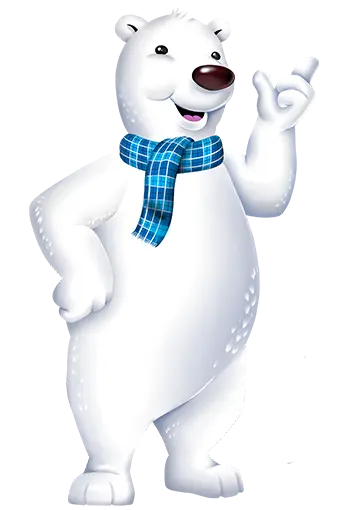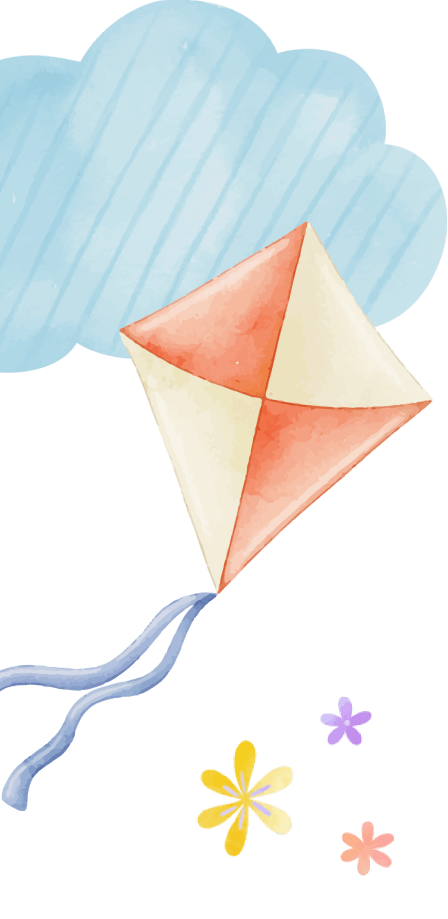Assistant

Our Methodology
Create Excitement and Interest
Makoons being one of the Top Pre schools in India provides the best preschool curriculum along with Montessori and other teaching aid materials.
Aesthetic
set of values relating to nature, experiential learning, imagination which boosts learner creativity
Cognitive
Uninterrupted learning program by fostering critical thinking skills
Gross & Fine
Enhancing abilities like strength, flexibility, kinaesthetic memory with eye hand coordination
Emotional
Self-reflection and mindfulness practices learners emotional intelligence
Social
Essential for connecting with others! Helps to manage emotions, interaction with peer group and feel empathy

Objectives
Art Area – Objectives for Children’s Learning
Objectives for Socio-Emotional Development
Express feelings (selecting bright colors for a painting to match a playful mood).
Learn to channel frustration and anger in a socially acceptable way (punching and pounding clay).
Assert individuality (drawing a pumpkin that differs in color and design from the traditional).
Experience pride (making a mobile that is hung in the classroom).
Share and cooperate with others (working together on making a group mural).
Objectives for Cognitive Development
Enhance creativity (combining materials and textures for a collage in a unique way).
Develop an understanding of cause and effect (observing what happens when blue paint is added to yellow).
Label shapes and objects (painting a yellow circle and calling it a “sun”).
Solving problems (figuring out how to get a mobile to balance).
Develop planning skills (determining which color finger paints to assemble before starting work).
Objectives for Physical Development
Develop small muscle skills (coloring with markers).
Refine eye-hand coordination (pouring tempera into an easel paint can).
Learn directionality (painting a circle with one continuous brush stroke).
